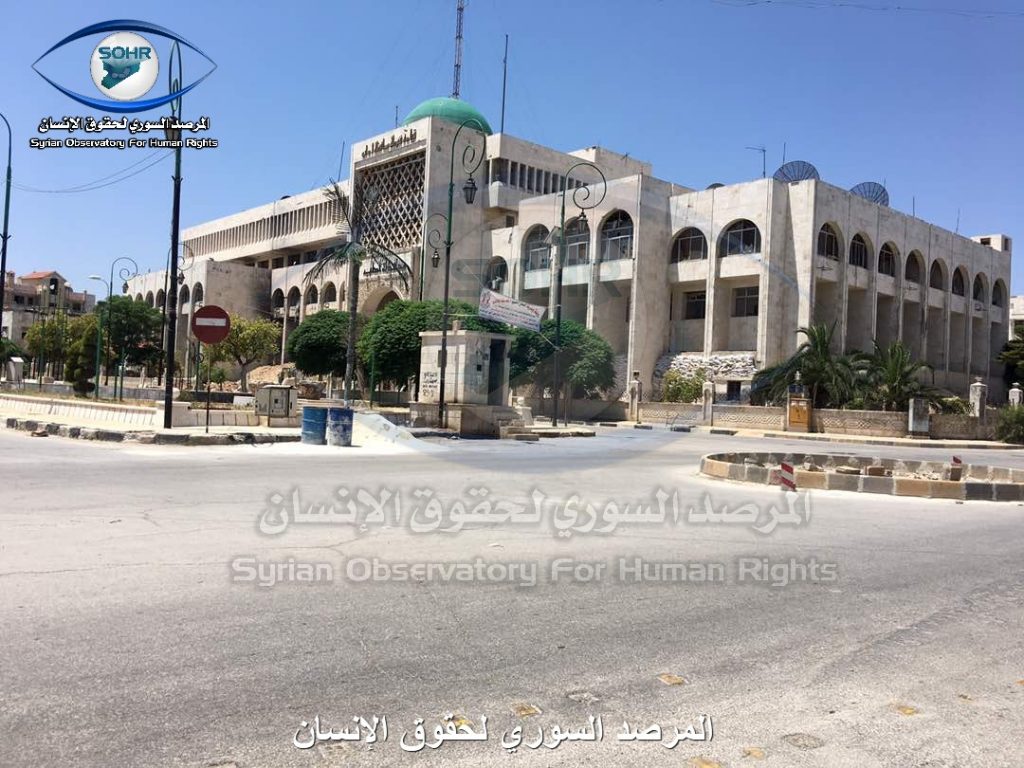Demographic change in Syria | Over 100 Turkistani and Uzbek families inhabit in three Alawite villages in Jisr al-Shughour
For years, the families have been still inhabiting in several areas across Idlib province, exactly since they came from Turkey in late 2013 and inhabited in the countryside of Latakia, Idlib and other areas in Aleppo province.
The Turkistanis in Syria are fighters (jihadists) of the Muslim Uyghurs who came from China and announced the formation of the Turkistan Islamic Party in Syria, led by “Abdulhaqq al-Turkistani” in late 2014.
Under considerable support by the formerly Jabhat al-Nusra and its leader al-Goulani who granted the Turkistanis entire villages, which had inhabited by people of the Alawite community, the Turkistan Islamic Party has become well-known, especially after Jisr al-Shughur battle.
The villages of al-Zanbaqi, al-Hisayniyyah (Shandirish) and al-Taybah (Katrin) in the western countryside of Idlib are the most major villages which have been inhabited by Asian and Turkistani fighters. These villages are under civil administration of Jisr al-Shughur city in the western countryside of Idlib. While al-Taybah village (Katrin) hosts the largest gathering families from Turkistan and eastern Europe with over 50 families of nearly 200 people, mostly of the Muslim Uyghurs, and these people includes nearly 70 children, mostly born in Syria in the past six years. These children have never studied at schools as they have had enough with studying Koran in sharia institutes, while boys join opposition factions and the Turkistan Islamic Party.
It is worth noting that the Turkistanis have opened several shops, so that the Turkistani families living in Syria could earn their living. Meanwhile, some Turkistani families grow up animals and birds for trade.
Al-Taybah village had accommodated nearly 350 Alawite people before they displaced to other areas. The village is famous for planting olive and citrus fruit with nearly 30,000 fruit-bearing trees.
Similarly, al-Zanbaqi village near the border city of Darkush on border with Iskenderun region had accommodated nearly 250 people, mostly of Alawite community, who displaced when regime forces were expelled from Darkoush city in 2012, before nearly 120 people of the families of Turkistani and Uzbek fighters took their place.
Al-Zanbaqi village is famous for pomegranate and citrus trees, while the profit of harvest goes now to the favour of Hayyaat Tahrir al-Sham and foreign fighters.
On the other hand, al-Hisayniyyah village (Shandirish), near al-Shughur village, hosts headquarters of Uzbek and Turkistani members, for being close to their military headquarters in the Syrian coastline and Sahl al-Ghab. While the village’s recent population approximates 25 families of nearly 100 people, after being inhabited by over 200 Alawite people.
In a testimony to SOHR, a young man known as D.M. from Darkoush city in the western countryside of Idlib said “the region’s villages have become completely different, and every one enters them will think that they are Chinese villages not Syrian ones. The Uzbek and Turkistani members act as if they are living their homeland where they trade raise plants and grow animals.”
An activists known as M.A. from west Idlib countryside told SOHR that “after the settlement of the Turkistani families, they started gradually to seize these villages and properties of the indigenous inhabitants, until the Syrians have been banned from entering these villages, which states demographic change by the opposition factions and Hayyaat Tahrir al-Sham against the will of the civilians in the western countryside of Idlib who refused the departure of the inhabitants of these villages.”
Another activist known by his initials as J.M. told SOHR that “all houses and farmlands with their fruit-bearing trees have been seized and their profits go to the Turkistani members and their families and to Hayyaat Tahrir al-Sham.”

